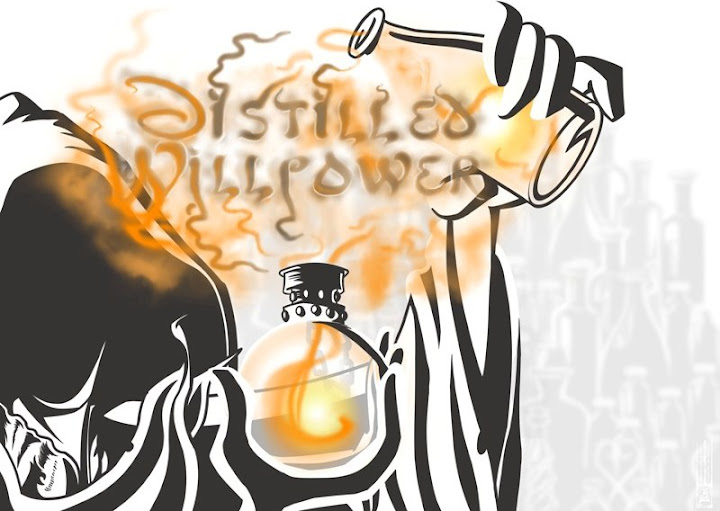This morning I received an email from a Mrs Barbara Dunn asking if I would be interested in blogging about the drive to fight healthcare assisted infections. Working where I do, if there is one thing which is drilled into you it is the importance of infection prevention and control - so I found myself pretty sympathetic to the cause. Recent stories here in Britain have highlighted the need for an increasing focus on controlling and preventing infection, obvious examples are the MRSA hospital bourne infections, line-in infections and surgical site infections and the very recent swine-flu problems we have been having (although, I wouldn't believe everything you read in the papers on this subject). As a result our hospitals are now filled with "WASH YOUR HANDS!" signs, soap dispensers at the entrance to every ward, at the end of every bed and dotted along corridors and every new member of staff has to go through a fairly stringent Infection Prevention and Control training. As arduous as this may seem, it is for a good reason:
According to the World Health Organization (WHO), at any point in time, 1.4 million people worldwide suffer from infections acquired in hospitals.
A Centers for Disease Control (CDC) report published in March-April 2007 estimated the number of U.S. deaths from healthcare associated infections in 2002 at 98,987.
The risk of acquiring Healthcare-Associated Infections in developing countries is 2-20 times higher than in developed countries.
Afflicting thousands of patients every year, HAI often leads to lengthened hospital stays, increasing the likelihood of readmission, and adding sizably to the cost of care per patient.
Financially, HAIs represent an estimated annual impact of $6.7 billion to healthcare facilities, but the human cost is even higher. (HAIWatchNews.com)
The HAIwatch "Not on my Watch" website (sponsored by Kimberly-Clark) is an interesting one, it provides a central area into which a vast amount of information has been pumped. It has tools for healthcare providers, professionals and probably a lot of information relavent to the lay-man on how to stay safe if you are ever unlucky enough to have to visit a hospital. For up to date information on the subject Mrs Dunn also pointed me in the direction of http://haiwatchnews.com/.
Making healthcare a safer institution is something which is close to my heart, so I hope you'll forgive this somewhat off-topic post. Normal service will resume with the next post!
If you know me you'd know that if I receive what appears to be a completely sincere email, I will often interpret it as a trailhead and my puzzle-centres will go into overdrive. However, upon going through the information that was sent to me, I could find no hidden message, no binary, morse, ROTed words or pigpen codes. Disappoint. Turns out... TINAG but was something about which I was enthused. Although, you may note I couldn't help but slip a Theme Hospital reference in there...

No comments:
Post a Comment